sample fileI receive large CSV files delimited with (comma or | or ^) with millions of records.
Some of the fields have non-printable character like CR|LF which translated as end of field. This is in windows10.
I need to write python to go thru the file and remove CR|LF in the fields. However, I cant remove all because then lines will be merged.
I have gone thru several postings on here on how to remove non-printable. My thought to write a panda dataframe, then check every field for CR|LF and remove it. It seems a bit complicated. If you have a quick code how to do this, it will be great help.
Thanks in advance.
Sample file:
record1, 111. texta, textb CR|LF
record2, 111. teCR|LF
xta, textb CR|LF
record3, 111. texta, textb CR|LF
Sample output file should be:
record1, 111. texta, textb CR|LF
record2, 111. texta, textb CR|LF
record3, 111. texta, textb CR|LF
CR = carriage Return = x0d LF = Line Feed = x0a
